The People’s Palace: how the ‘Palace of Delights’ in Mile End survived after burning to the ground
The People’s Palace was a utopian playground and education centre for working-class East Enders but burnt down in 1931. How did it survive?
As you step off the number 25 bus onto Mile End Road the deafening roar of traffic hits you. But if you walk a short distance you will find yourself on Queen Mary University campus, a sanctuary from blaring horns and screeching tyres. Slender palm trees sway before you, in East London of all places, scattered in front of the Queen’s Building adjacent to the People’s Palace.
From the outside, you would be none the wiser to the grade-II listed Great Hall lying within the People’s Palace. But as you go into the art-deco hall, the sense of occasion is palpable. Inside you may see a play or an orchestra, productions that frequently showcase the East End’s diversity. For a structure that once lay in ashes, the People’s Palace has more than been revitalised.
Walter Besant, philanthropist and brother-in-law of Annie Besant, a key figure in the Match Girl Riots, pictured a ‘palace of delights’ to serve the ‘mental and moral improvement of the neighbourhood’. Evening classes, reading rooms and baths would accompany trade schools for the East End’s working class. But where would the money come from?
In came the Beaumont Trust, under the will of philanthropist John Barber Beaumont, to finance works, including the iconic Queen’s Hall. Edward Robert Robson, famous for designing many East End state schools, was the architect behind it. Robson was determined working East Enders would have a reputable space, as fears of social unrest gathered in the winter of 1886-7. A project of this scale needed more money, urgently.
Thanks to generous public donations, the Beaumont Trust, Besant and his fellow Unitarian philanthropists bought Bancroft’s School and the Almshouses from the Drapers’ Company in Mile End. The Drapers, a charity since 1364, built two technical schools next to the palace and financed the final stages of construction. The People’s Palace was set to open.
Huge crowds flocked to the 1886 opening ceremony, during which Albert Edward, the Prince of Wales, laid the foundation stone. The following year Queen Victoria opened the People’s Palace and for decades it would provide trade schools, concert halls and baths for laymen and dandies alike.
Disaster struck when a fire engulfed the main concert hall in 1931. ‘PEOPLE’S PALACE: GUTTED’ was the headline on a silent newsreel from Gaumont Graphic. In the footage, firefighters looked around haplessly at the Queen Hall’s charred remains. It seemed Besant’s dream lay in rubble, but the East End did not give up so easily.
The old palace building, more successful in its educational purposes than social ones, came under the sole use of technical schools. It was rebuilt as the Queen’s Building in the following years with a greater focus on schooling, and had lecture theatres and labs. These were known as East London College until 1934 when they received a royal charter and became Queen Mary University on 12 December 1934.
Just six years later the new People’s Palace opened immediately adjacent to the Queen’s Building. King George VI and Queen Mary led an opulent ceremony on 13 February 1937. This was the first public drive for the King and Queen after Edward VIII, the previous King, renounced his duties. The new art-deco palace is built of Portland stone and red brick. Inside granite steps lead up to a foyer which lay under a bronze canopy and had Indian laurel doors. It became the ideal venue for East Enders to enjoy a theatre, cinema and music hall.
World War II led to a natural decline in East Enders seeking entertainment, as the country sheltered during the blitz. Four years after the war’s end, the People’s Palace was flagging as Britain underwent recovery. For decades it stood independent from Queen Mary University, but support was needed for it to survive.
In 1954 the People’s Palace was acquired by Queen Mary College, which was growing quickly. It stands today as a testament to the East End and to Mile End in particular, which was described by the Times in 1887 as home to ‘dwellers and toilers in [an] unlovely district’. The drive to build such a grand building in an area so disdained is testament to those who recognised the East End’s beauty before it was readily apparent.
The Great Hall, 770 seats strong, in the People’s Palace now plays host to a range of productions, from theatre to orchestras. Besant and Robson’s progressive spirit has not been forgotten, forever distilled in its walls.
Always open to the public, you now can enjoy top shows mere steps from your doorstep. But without the grit and vigour of determined philanthropists who saw Mile End’s hidden potential while scores turned their backs, the People’s Palace would not be alive today.
For another of our heritage pieces, read about the history of Bow Church.

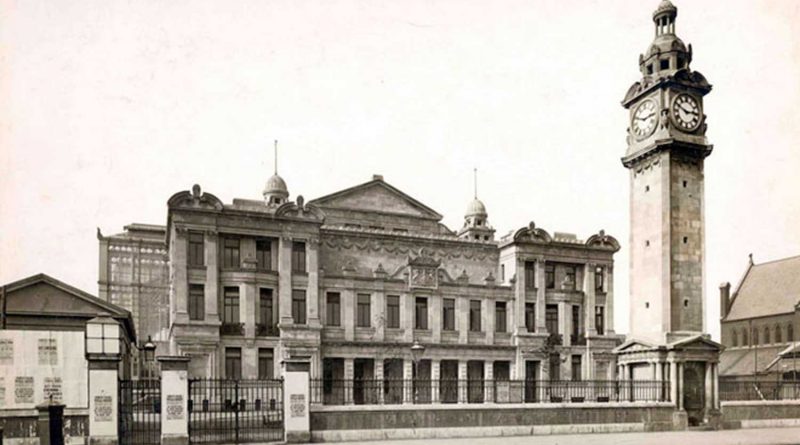
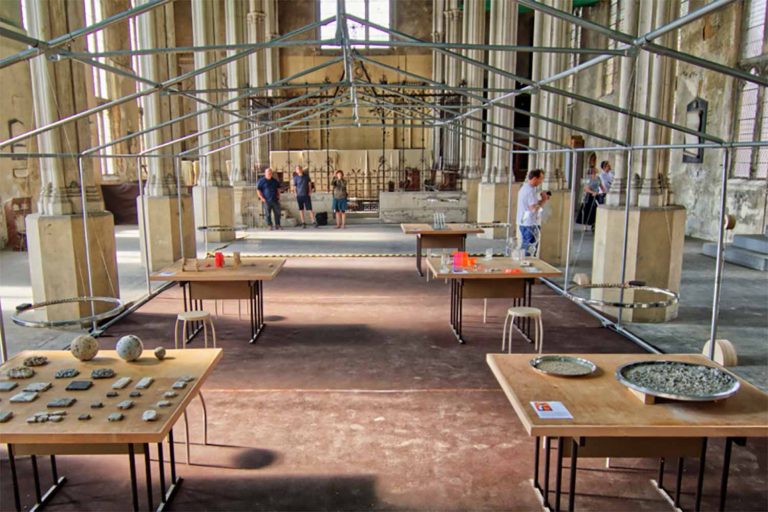
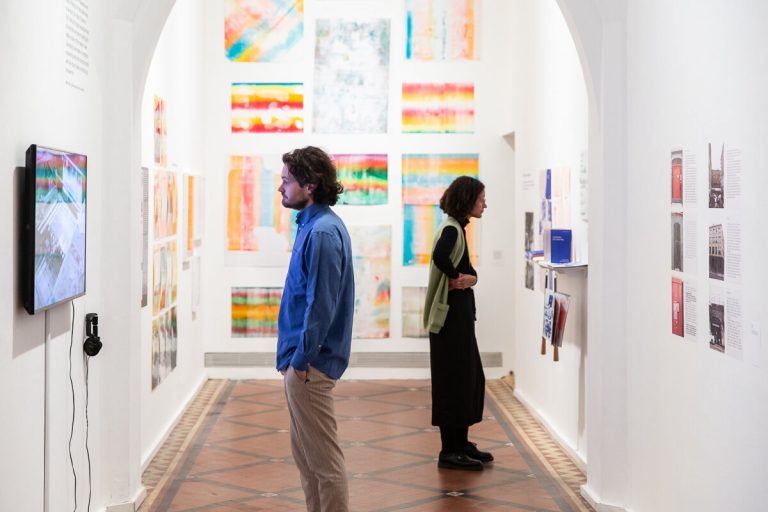
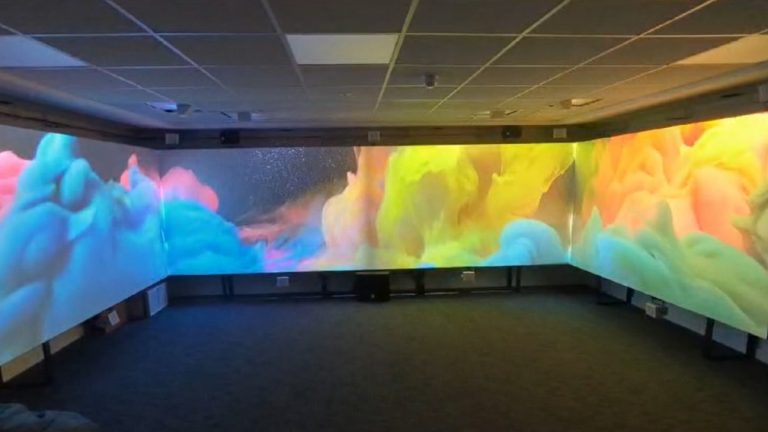
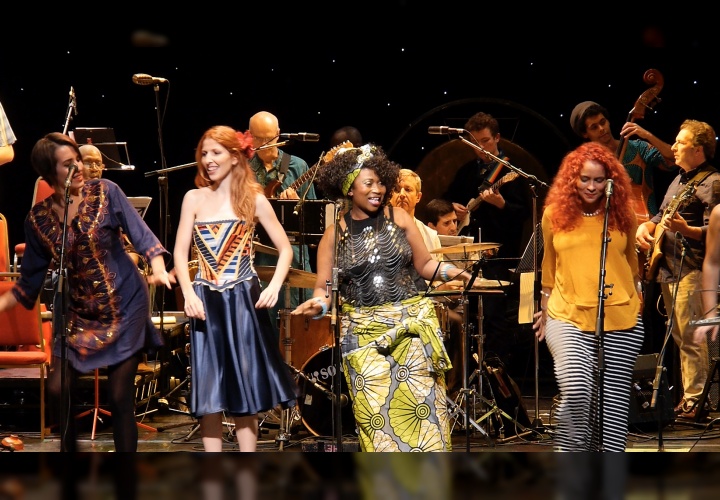
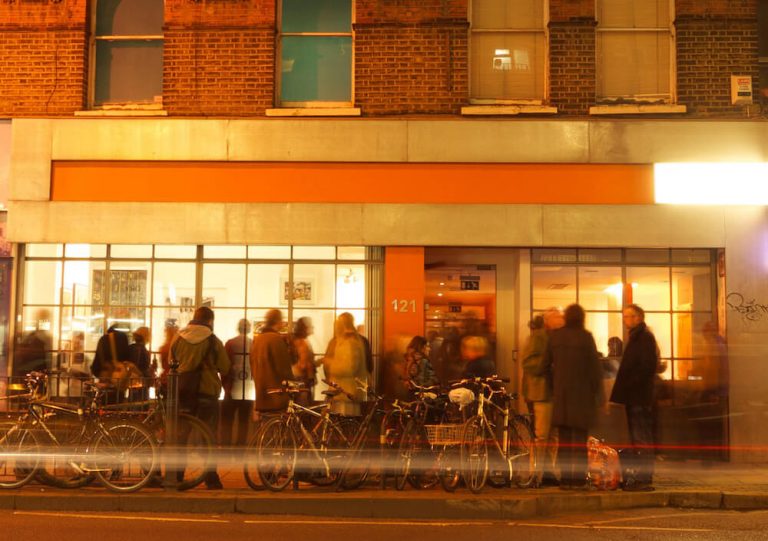
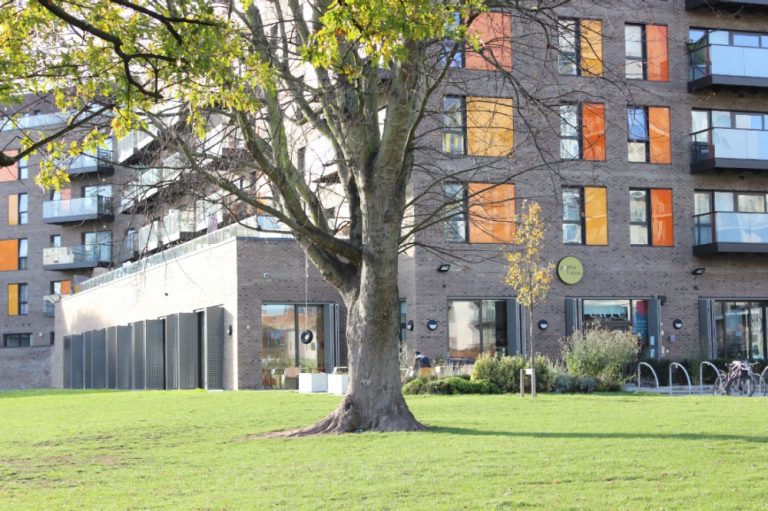

I remember going to the People’s Palace many times when I was a kid living above the Pie ‘n’ Mash Shop at Mile End Gate. I remember thinking it a very grand place, which I am happy to say, it still is. I am glad that it has not been smashed down in the name of progress.